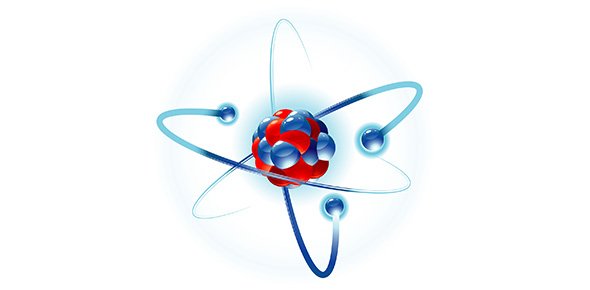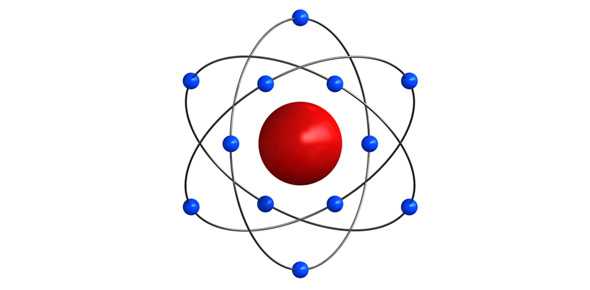Related Flashcards
Related Topics
Cards In This Set
| Front | Back |
|
9.1.1:
Define oxidation and reduction in
terms of electron loss and gain.
|
Oxidation reaction: The half reaction that involves loss of electrons.
Reduction: The half equation that involves a gain of electrons. |
|
9.1.2:
Deduce the oxidation number of an
element in a compound.
|
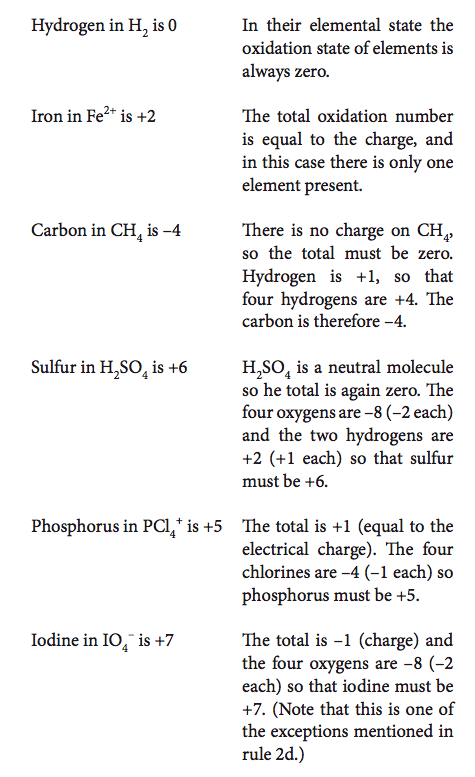 Oxidation numbers should be shown by a sign (+ or –) and a number, for example, +7 for Mn in KMnO4. Elements which commonly change their oxidation states are carbon, nitrogen, phosphorus, sulfur and the transition metals. |
|
9.1.3:
State the names of compounds using
oxidation numbers.
|
Oxidation numbers in names of compounds are
represented by Roman numerals, for example,
iron(II) oxide, iron(III) oxide.
The oxidation number, or oxidation state, of an atom is the charge which that atom would have if all covalent bonds were broken so that the more electronegative element kept all the electrons in the bond, hence the sign (+ or –) is always given. |
|
9.1.4:
Deduce whether an element
undergoes oxidation or reduction in
reactions using oxidation numbers.
|
LEORA: loss electrons, oxidation, reducing agentGEROA: gain electrons, reduction, oxidizing agent
Look at oxidation numbers of elements on both sides of chemical equations. |
|
9.2.1:
Deduce simple oxidation and
reduction half-equations given the
species involved in a redox reaction.
|
Look at half equations.
These equations are known as half equations and for a redox reaction the half equations for the substance being oxidized and the substance being reduced can be combined in such a way that the electrons cancel out, so as to give a balanced equation for the redox reaction. |
|
9.2.2:
Deduce redox equations using half-
equations.
|
H+ and H2O should be used where necessary
to balance half-equations in acid solution. The
balancing of equations for reactions in alkaline
solution will not be assessed.
|
|
9.2.3:
Define the terms oxidizing agent and
reducing agent.
|
Oxidising agent: An oxidising agent is itself reduced, that is it is a substance that can accept electrons
from another substance or increase the oxidation numbers in another substance.
Reducing agent: A reducing agent is itself oxidised, that is it is a substance that can donate electrons
to another substance or decrease the oxidation numbers in another substance.
|
|
9.2.4:
Identify the oxidizing and reducing
agents in redox equations.
|
LEORA: loss electrons, oxidation, reducing agentGEROA: gain electrons, reduction, oxidizing agent
|
|
9.3.1: Deduce a reactivity series based on
the chemical behaviour of a group of
oxidizing and reducing agents.
|
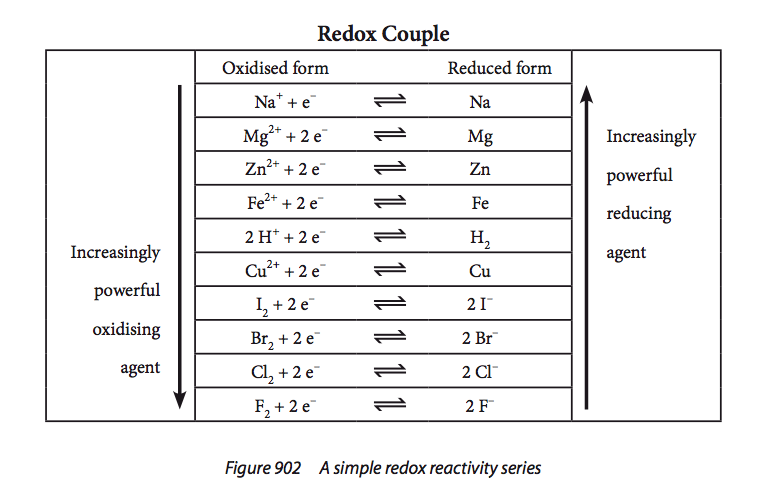 Refer to image. Examples include displacement reactions of metals and halogens. Standard electrode potentials will not be assessed. |
|
9.3.2:
Deduce the feasibility of a redox
reaction from a given reactivity series.
|
Students are not expected to recall a specific
reactivity series.
Reactivity series: A simplified form of a table of standard electrode potentials, this shows the relative
reactivities (and spontaneities) of a set of chemicals.
|
|
9.4.1:
Explain how a redox reaction is used
to produce electricity in a voltaic cell.
|
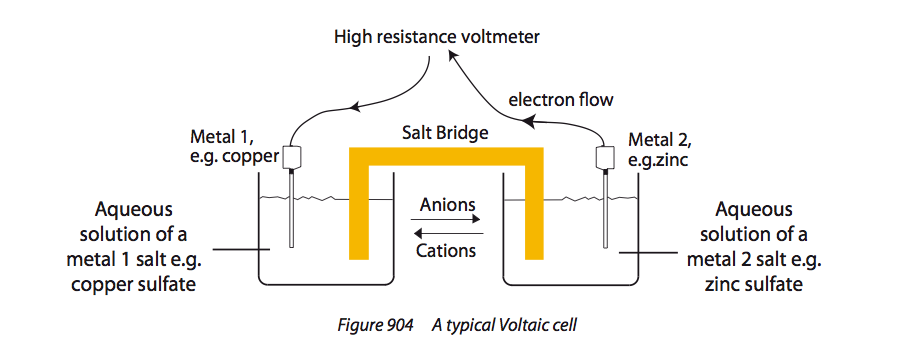 This should include a diagram to show how two half-cells can be connected by a salt bridge. Examples of half-cells are Mg, Zn, Fe and Cu in solutions of their ions. A Voltaic (Galvanic or electrochemical) cell is a device for converting chemical energy into electrical energy using a spontaneous redox reaction as a source of electrical energy and this is the basis of commercial electrochemical cells (batteries). The opposite, which uses electrical energy to carry out a non-spontaneous redox reaction is known as electrolysis. The more reactive metal will always be the negative electrode and the greater the difference in reactivity of the metals, the greater the cell potential. A high resistance voltmeter connected between the metals will measure the potential difference between them. |
|
9.4.2:
State that oxidation occurs at the
negative electrode (anode) and
reduction occurs at the positive
electrode (cathode).
|
Simple state.
|
|
9.5.1:
Describe, using a diagram, the
essential components of an
electrolytic cell.
|
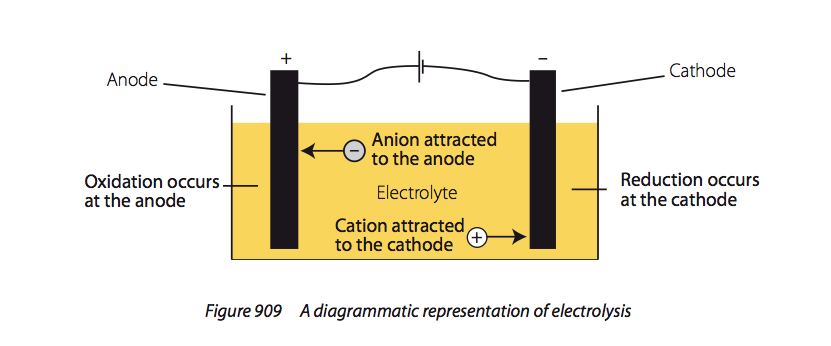 The diagram should include the source of electric current and conductors, positive and negative electrodes, and the electrolyte. In electrolysis electrical energy is used to bring about a non-spontaneous redox reaction. This is done by passing an electric current through a liquid containing ions, known as an electrolyte. In contrast to metals, the current in electrolytes is carried by the movement of ions rather than the movement of electrons. Electrolysis: A process in which electrical energy is used to cause a non-spontaneous chemical reaction to occur. Electrolytic cell: The cell in which electrolysis occurs. The cell contains the anode (positive), cathode (negative) and the electrolyte. |
|
9.5.2:
State that oxidation occurs at the
positive electrode (anode) and
reduction occurs at the negative
electrode (cathode).
|
State.
|
|
9.5.3:
Describe how current is conducted in
an electrolytic cell.
|
He solid conductors inserted
into the liquid are called electrodes, the one with a positive
charge is called the anode (because it attracts anions) and
the one with the negative charge is called the cathode.
When the anions reach the anode they lose electrons and
are therefore oxidized (LEO). Similarly when the cations
reach the cathode they gain electrons and are therefore
reduced (GER).
|



